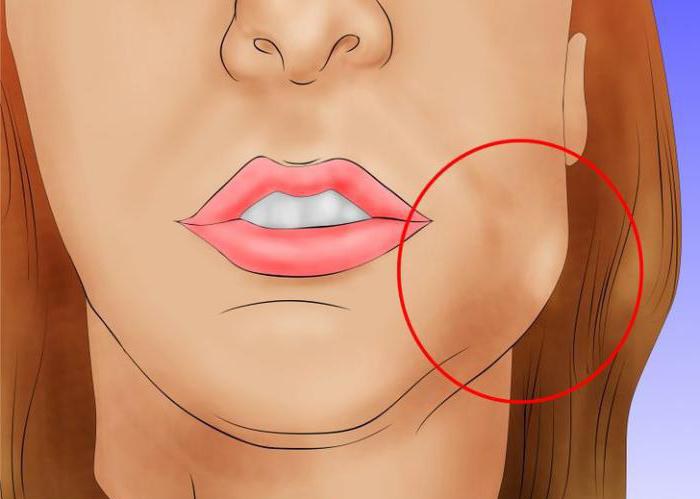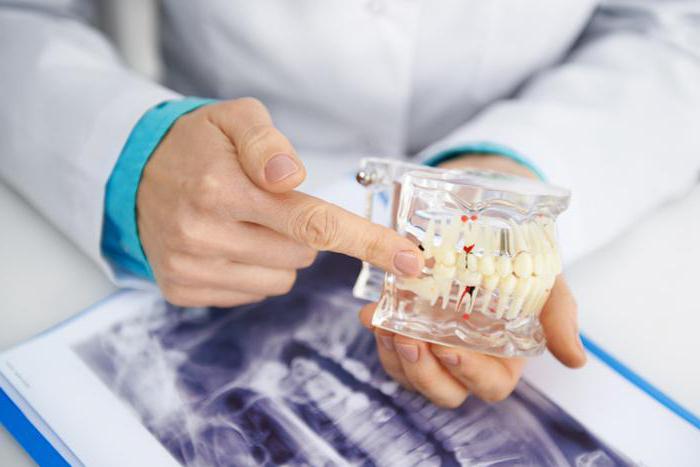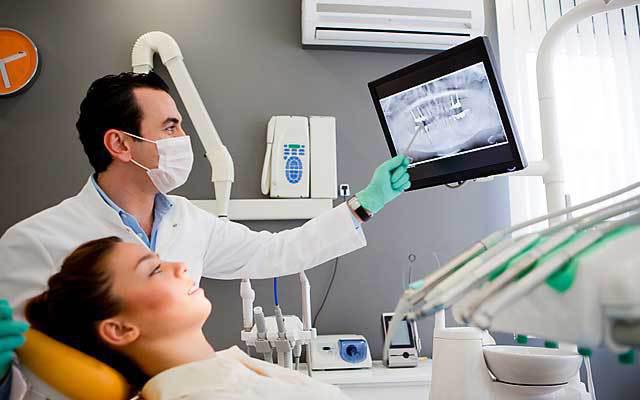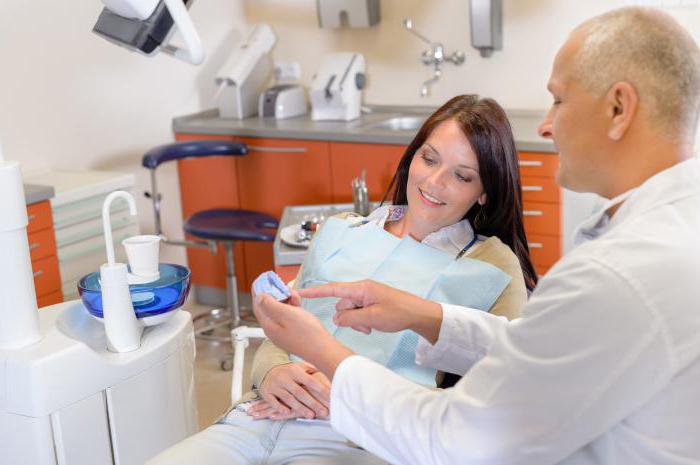Suppuration in the gum area, accompanied by throbbing pain, is a symptom of a serious disease - a tooth abscess. Its focus is usually localized in the root part. In the absence of timely treatment, the pathological process can spread to neighboring areas, including bone tissue. Since the disease is infectious in nature, its complication is life-threatening.
Causes of pathology
Tooth abscess most often develops against the background of untreated dental diseases. These include gingivitis, pulpitis, caries. Among other causes of this disease, doctors note the following:
- mechanical injury;
- bloodborne infections;
- damage to the oral mucosa;
- boils;
- infection during injection.
These factors can cause violations of the integrity of tooth enamel and tissues. As a result, pathogenic microflora gains access to the pulp, an inflammatory process occurs. It is accompanied by severe pain. When the pulp dies, the discomfort goes away. If not, a tooth abscess develops, destroying new tissues and spreading far beyond.
Symptoms of the disease
In the role of the main sign of the onset of the pathological process is aching pain. It intensifies when you press on the tooth. After some time, the gum around it swells, a small seal forms. The patient's condition is rapidly deteriorating. Lymph nodes increase, temperature rises, appetite decreases. A bitter taste and a characteristic putrid odor appear in the mouth.
An abscess can open spontaneously, without the help of doctors. In this case, the painful syndrome disappears, swelling decreases. Spontaneous opening of the abscess is dangerous to human health. In this case, the likelihood of new exacerbations of the pathological process increases. 
Types of tooth abscess
When classifying the disease, it is customary to take into account the area of localization of the infectious focus and the nature of the inflammatory process. Therefore, two types of disease can be identified: periapical and periodontal abscess of the tooth. The symptoms of each form of the disease are presented below.
Periapical abscess accompanied by the spread of infection to soft tissues. In this pathological process, the pulp is damaged through the alveolar bone. Contact with the damaged area of cold or hot food causes severe pain, resembling a current discharge.
periodontal abscess characterized by dull pain, purulent discharge. When pressing on the affected tooth, the discomfort increases. The inflammatory process is usually accompanied by malaise. Patients complain of fever, severe chills and bad breath. If you open the abscess before the infection enters the pulp, the tooth can be saved. 
Abscess after wisdom tooth extraction
The disease can affect absolutely any part of the jaw, but most often it affects chewing and the latter are destroyed very quickly. In this case, the development of the disease is preceded by caries and the absence of the wisdom tooth begins to gradually collapse, the doctor decides to remove it. After surgery, an abscess of purulent etiology may begin on the injured areas. An unhealed wound is a favorable environment for the vital activity of bacteria. Therefore, suppuration quickly forms in its place. In the absence of timely treatment, it spreads to neighboring tissues.
Symptoms of an abscess can disturb both day and night. Usually patients complain of painful discomfort and fever. The main reason for the development of the disease is the negligent attitude of the patient to the doctor's recommendations. If you start the pathological process, even potent antibiotics will not help. Treatment of an abscess after the removal of a wisdom tooth consists of two stages. Initially, the doctor must open the suppuration and clean the cavity from the secret. Then the patient is prescribed anti-inflammatory therapy.
Treatment of an abscess with antibiotics
After the diagnosis is made, the patient is prescribed antibiotic therapy. Its main purpose is to get rid of the infection. Also, such therapy is aimed at preserving the natural tooth and preventing complications. What drugs are used in the treatment of a tooth abscess?
- "Amoxicillin". The drug is intended for the treatment of infections of a bacterial nature. The drug does not kill the pathogenic microflora, but stops its reproduction.
- "Metronidazole". This tool is used to treat infectious processes caused by anaerobic bacteria.
- "Clindamycin". The drug is prescribed to patients with allergies to antibiotics of the penicillin group. It inhibits the growth of bacteria, thereby eliminating the infection.
- "Penicillin". This medication is most often prescribed to patients diagnosed with a tooth abscess. Antibiotics of similar pharmacological action are used in conjunction with beta-lactamase inhibitors.
The above medicines should only be taken as prescribed by your doctor. If their use is unjustified, the infection begins to spread rapidly. Saving a tooth is very problematic. Therefore, patients have to resort to surgical intervention. 
Tooth extraction after an abscess
Surgical intervention is primarily aimed at removing the focus of inflammation. For this, a drainage procedure is prescribed, after which a filling is performed or the crown is restored. The essence of drainage is that the dentist cleans the formed pus through the reamed tooth and disinfects the cavity with a special solution. Advanced cases often cannot be cured with this procedure. Therefore, therapy begins with tooth extraction, after which drainage is carried out through the alveolus.
If there is so much pus that it cannot be cleaned out at one time, a small incision is made in the damaged area and a drain is installed. Through it, the contents of the inflammation gradually come out. For better wound healing, patients are prescribed a course of physiotherapy or washing. 
Possible Complications
Like any other infectious diseases, a tooth abscess can give unpleasant complications. If the patient ignores the symptoms and does not seek help from a doctor, the root of the affected molar begins to gradually die off. Discomfort and pain may subside, but pathogens continue to develop, spreading to neighboring tissues and the jawbone. The infection, along with the blood flow, quickly spreads throughout the body, provoking complications from important systems of internal organs. Meningitis is also considered the most dangerous consequence. 
Measures to prevent the disease
Tooth abscess most often develops against the background of untreated caries. To prevent this disease, it is necessary to treat pathologies of the dentition in a timely manner, regularly visit a dentist to identify them. On the other hand, no one has canceled the elementary rules for oral care. Dentists recommend brushing your teeth twice a day, using a special mouthwash. To avoid infection in the oral cavity after therapy, you should contact only trusted medical institutions. Be healthy!





